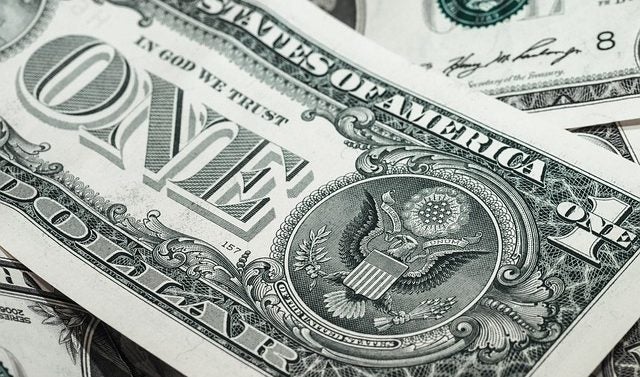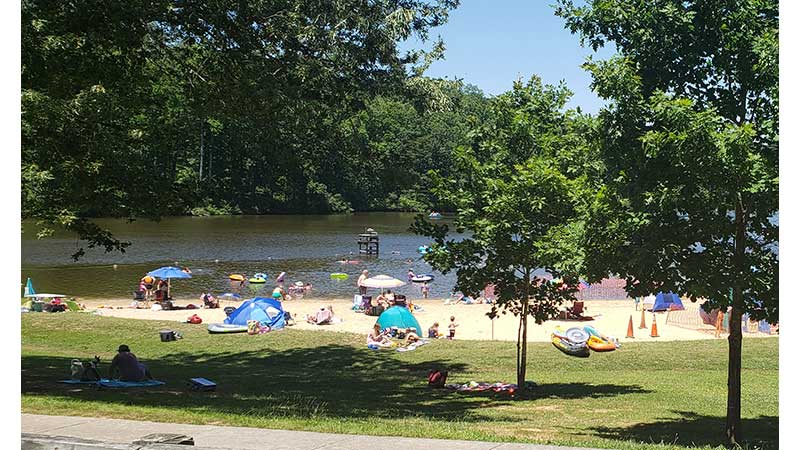Goal Line Changes
Published 4:46 pm Tuesday, June 28, 2011
PRINCE EDWARD – Graduation diplomas have been handed out for the Class of 2011, but Prince Edward-like all school divisions-have more tests ahead-scoring state accreditation and meeting federal Adequate Yearly Progress (AYP).
School board members were presented a glimpse into current, as well as the future, state and federal requirements at their May meeting. And, while collectively the division has struggled (while some were close, none of the three schools met AYP benchmarks last year), the goal line for success will move again.
“…There's a difference between AYP and accreditation,” detailed Prince Edward School's Director of Accountability and Research Dr. Roy Echeverria.
AYP factors reading and math and achievement for all No Child Left Behind (NCLB) sub-groups-black, white, Hispanic, students with disabilities, ELS and special education students. In addition, another academic indicator is that schools with a graduating class have a targeted graduation score of 80. NCLB accountability measures also looks to 95 percent participation in the state standardized testing and an attendance rate of 94 percent.
For the spring of 2011, schools must exceed an 86 percent pass rate in reading success, and exceed 85 percent in math. Reading expectations increase to 91 for 2012-13, 96 for 2013-14, and 100 percent for 2014-15. Math increases to 90 for 2012-13, 95 for 2013-14, and 100 percent for 2014-15. (An additional way schools can meet AYP is by reducing the failure rate by 10 percent.)
State benchmarks for accreditation of public schools for 2011-12 for third graders include 75 percent passing for English, 70 percent for math, 50 percent for science, and 50 percent in history/social science. Fourth grade scores must achieve 75 percent in English and 70 percent in math and history/social science. Fifth grade scores must achieve 75 percent in English and 70 percent in math, science, and history/social science. Grades six-12 must achieve 75 percent in English, and 70 percent in math, science, and history/social science and (with a target of 85 percent) at least 80 points calculated in a scoring system to be provisionally accredited for their graduation rate. (The score requirement would increase one point in succeeding years, increasing to 81 next year.)
In addition, Dr. Echeverria highlighted, there is a difference in how the federal and state calculate graduation rates.
Students who graduate with a modified diploma, Division Superintendent Dr. David Smith also cited, aren't counted toward the school's graduation rate.
“Just to highlight how challenging this is going to be,” Dr. Echeverria said, “remember last year for some sub-groups in some of our schools, we didn't…meet this target, and now this is an ever-increasing target that we're chasing. And…not only for all students, but has to be for every single subgroup.”
Asked about sanctions for not making AYP, Dr. Smith noted that “where we are right now with the high school turnaround is one of the sanctions.”
He also added, “But if in turnaround you don't then make the improvements in the three-year period, there will be additional sanctions, but they have not been explained. They've not been defined yet and we've asked the office of school improvement in the department of education for some level of explanation and they can't answer the question. They don't know.”
The County's high school, after a string of successes of achieving AYP, was designated by the state last year as a persistently lowest achieving school.
Of the 128 Title I schools, the County's high school ranked in the lowest five percent among those authorized, but which do not receive Title I funds. The criteria weighed for the designation was the academic achievement of all students in reading and math and that a school has not reduced its failure rate in reading/language arts and/or mathematics by 10-15 percent each year for the past two years.
School officials have received federal funding of approximately $500,000 for three consecutive years and are working with lead turnaround partner Cambridge Education. Currently in the first year of the turnaround program, the school board is given a monthly update. Prince Edward will look to improvement indicators including student achievement, school climate, parent outreach, excellence in teaching and capacity for leadership.
With targeted goals moving closer to 100 percent for all schools, more schools-should those statistical mandates stay in place-could have difficulty achieving AYP.




